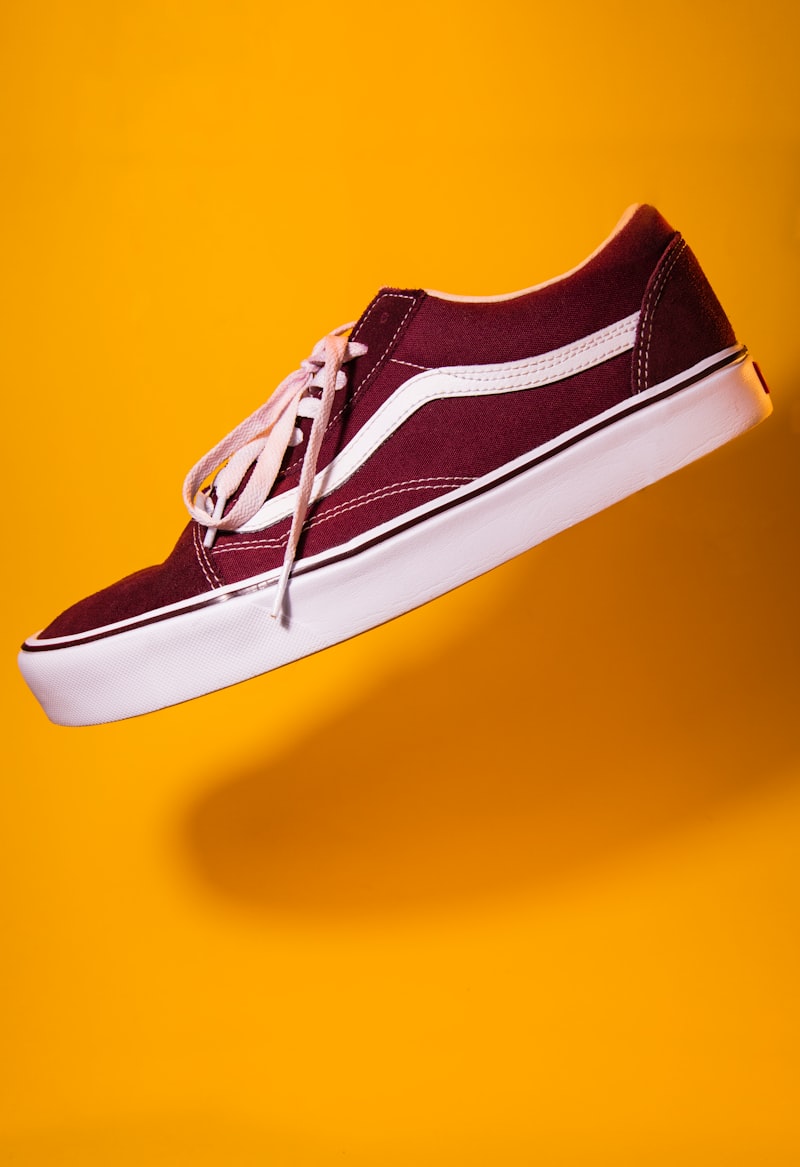Firstly, consider your playing surface. Tennis shoes are designed with specific outsoles for different court types: clay, hard court, and grass. For instance, clay court shoes feature a full herringbone pattern for optimal grip and sliding, whereas hard court shoes have a durable, non-marking outsole with superior traction.
Secondly, analyze your playing style. Are you an aggressive baseline player or do you prefer serve-and-volley tactics? For baseline players who engage in long rallies, durability and lateral support are crucial. Look for shoes with reinforced toe caps and sturdy midfoot support to withstand frequent lateral movements. Conversely, serve-and-volley players benefit from lightweight shoes that offer responsive cushioning and a flexible feel for quick directional changes at the net.
Next, prioritize comfort and fit. Your tennis shoes should feel like a natural extension of your feet, providing ample cushioning to absorb impact during abrupt stops and starts. Opt for a snug fit around the heel and midfoot to prevent slipping, while allowing some wiggle room in the toe box to accommodate natural foot swelling during play.

Furthermore, consider the shoe’s breathability and material construction. Breathable uppers, often made from mesh or synthetic materials, help keep your feet cool and dry during intense matches. Additionally, look for features like moisture-wicking linings and padded collars for added comfort throughout prolonged play sessions.
Lastly, test the shoes before committing. Walk, jog, and simulate tennis movements to assess comfort, stability, and overall feel. Remember, the perfect tennis shoes should inspire confidence in your footwork and elevate your game to new heights.
Choosing tennis shoes tailored to your playing style is akin to selecting the right tool for the job — it enhances your performance, ensures comfort, and minimizes the risk of injury. By focusing on surface compatibility, playing style alignment, comfort, and fit, you’ll find the perfect pair that supports your game from the first serve to match point.
Ace Your Game: Finding the Ideal Tennis Shoes Based on Your Playing Style
For baseline players who spend most of their time rallying from the back of the court, durability and support are paramount. Look for tennis shoes with excellent cushioning and stability features. These shoes should offer robust lateral support to handle frequent side-to-side movements. A durable outsole with good traction ensures you can grip the court during quick direction changes without slipping.
Conversely, if your game revolves around aggressive net play and frequent sprints to the net, lightweight tennis shoes with responsive cushioning are ideal. These shoes should provide a blend of flexibility and support, allowing for quick movements and pivots. A snug fit around the midfoot and ankle enhances stability during lateral cuts and explosive movements towards the net.
For all-around players who adapt their game to different situations, versatility is key. Look for tennis shoes that strike a balance between comfort, support, and durability. They should offer enough cushioning to absorb impact during long rallies while providing sufficient stability for lateral movements and sudden changes in direction.
Ultimately, the ideal tennis shoes should feel like a natural extension of your feet, supporting your game style without compromising on comfort or performance. By choosing shoes tailored to your playing style, you can step onto the court with confidence, knowing your footwear is enhancing your ability to perform at your best.
Serve and Match: Tailoring Your Tennis Shoe Choice to Your Court Game
If you’re a baseline player who prefers to dominate from the back of the court, durability and traction are key. Look for tennis shoes with sturdy outsoles designed to withstand the abrasive surface of hard courts. These shoes provide excellent stability and support, allowing you to move laterally with ease while maintaining a solid grip for quick stops and pivots.
For those who thrive on clay courts, where sliding into shots is common, opt for tennis shoes with a herringbone tread pattern. This design offers optimal grip and helps prevent clay buildup on the sole, ensuring you can maneuver swiftly and confidently across the court. Lightweight materials and a snug fit are also essential for agility and responsiveness on clay.
If you play on grass courts, which require more finesse and precise footwork, choose tennis shoes with nubs or pimples on the outsole. These provide sufficient traction without damaging the delicate grass surface. Shoes with a low-profile design and flexibility are advantageous for the quick movements and swift transitions typical of grass court play.
Moreover, consider the cushioning and comfort of your tennis shoes, especially if you engage in long matches or practice sessions. Adequate cushioning absorbs impact during intense rallies, reducing the strain on your joints and muscles. A well-padded collar and breathable upper enhance overall comfort and support, keeping your feet cool and dry throughout the game.
Ultimately, selecting the right tennis shoes involves understanding your playing style, the type of court you play on most frequently, and your personal comfort preferences. By choosing shoes that complement your game, you can step onto the court with confidence, ready to serve and match your opponent point for point.
Game, Set, Match: The Ultimate Guide to Selecting Tennis Shoes for Every Player
First off, let’s talk about court surface. Different types of courts—hard, clay, and grass—affect your shoe choice. Hard courts demand durability and cushioning to handle the impact of constant movement. Look for shoes with sturdy outsoles and ample cushioning to protect your feet and joints.
On clay courts, where sliding into shots is common, choose shoes with a herringbone or clay-specific tread pattern. These patterns provide excellent traction while preventing clay from sticking to the outsole, keeping your movements swift and precise.
For grass courts, which are less common but still exist, opt for shoes with nubs or small rubber studs that grip without damaging the delicate surface. These shoes ensure stability and prevent slipping during quick directional changes.

Next, consider your playing style and foot type. Are you a baseline player who prefers staying behind the baseline, or do you charge the net often? Baseline players benefit from shoes with good lateral support and cushioning for frequent side-to-side movements. Net players need lightweight shoes with excellent responsiveness to sprint and pivot swiftly.
Foot type matters too. Do you have high arches, flat feet, or neutral arches? Choose shoes that offer appropriate arch support and stability to prevent injuries and enhance comfort during long matches.
Another crucial factor is the shoe’s fit and comfort. Your tennis shoes should fit snugly without being too tight. Your toes should have enough room to wiggle slightly, and there should be no heel slippage when you walk or run. Look for materials that offer breathability to keep your feet cool and dry throughout your game.
Lastly, don’t forget about style and personal preference. While functionality should be your priority, there’s nothing wrong with choosing a pair that matches your style and makes you feel confident on the court.
Now that you’re armed with the essentials, finding the perfect tennis shoes tailored to your needs should be a breeze. Ready to step up your game? Let your shoes do the talking and dominate the court like never before!
Step Up Your Tennis Game: Matching Your Footwear to Your Court Strategy
Imagine this: you’re preparing for a match on a hard court. The unforgiving surface demands shoes with excellent durability and grip. Opt for tennis shoes that feature durable outsoles designed to withstand the abrasiveness of hard courts. These shoes provide stability for quick lateral movements and ensure you stay sure-footed even during intense rallies.
On the other hand, if you often find yourself gliding across clay courts, your footwear needs differ. Clay courts require shoes with a herringbone pattern on the outsole, which helps prevent clay from sticking and allows for easy sliding into shots. These shoes offer superior traction while minimizing the risk of ankle injuries on the slippery surface.
For those who prefer the speed of indoor courts, agility is key. Look for tennis shoes with non-marking rubber outsoles that offer excellent grip without leaving scuff marks. These shoes enable quick pivots and sudden stops, giving you the edge during fast-paced exchanges at the net.
Additionally, consider the cushioning and support features of your tennis shoes. Avid players who spend hours on the court benefit from shoes with ample cushioning to reduce impact on joints and muscles. Supportive midsoles and ankle collars provide stability during lateral movements, preventing injuries and ensuring comfort throughout long matches.
Frequently Asked Questions
Can specialized tennis shoes improve my performance on the court?
Discover how specialized tennis shoes can potentially enhance your performance during matches. Learn about the key features that can contribute to better stability, traction, and comfort, tailored specifically for tennis movements.
How can I determine which tennis shoe type suits my playing surface best?
Discovering the ideal tennis shoe for your playing surface is crucial for performance. Learn how to choose the right type based on factors like court material (hard, clay, grass), your playing style, and specific shoe features tailored to each surface.
Should I prioritize comfort or durability when selecting tennis shoes?
When choosing tennis shoes, prioritize comfort if you value immediate performance and reducing the risk of discomfort during play. Opt for durability if longevity and sustained performance over time are your primary concerns, ensuring your shoes withstand frequent use and various court conditions.
What factors should I consider when choosing tennis shoes for my playing style?
When choosing tennis shoes tailored to your playing style, consider factors such as court surface (hard, clay, grass), foot type (pronation, supination), level of cushioning and support needed, durability of the outsole, and overall comfort and fit. Each playing style requires specific shoe features to enhance performance and prevent injuries.
What are the differences between tennis shoes for clay, hard, and grass courts?
Discover the distinctions among tennis shoes tailored for clay, hard, and grass courts. Learn how each type offers specific features like durable outsoles with herringbone patterns for clay, supportive cushioning for hard surfaces, and low-profile designs with minimal tread for grass courts to optimize performance and prevent slipping.



[…] How to Choose the Perfect Tennis Shoes for Your Playing Style […]